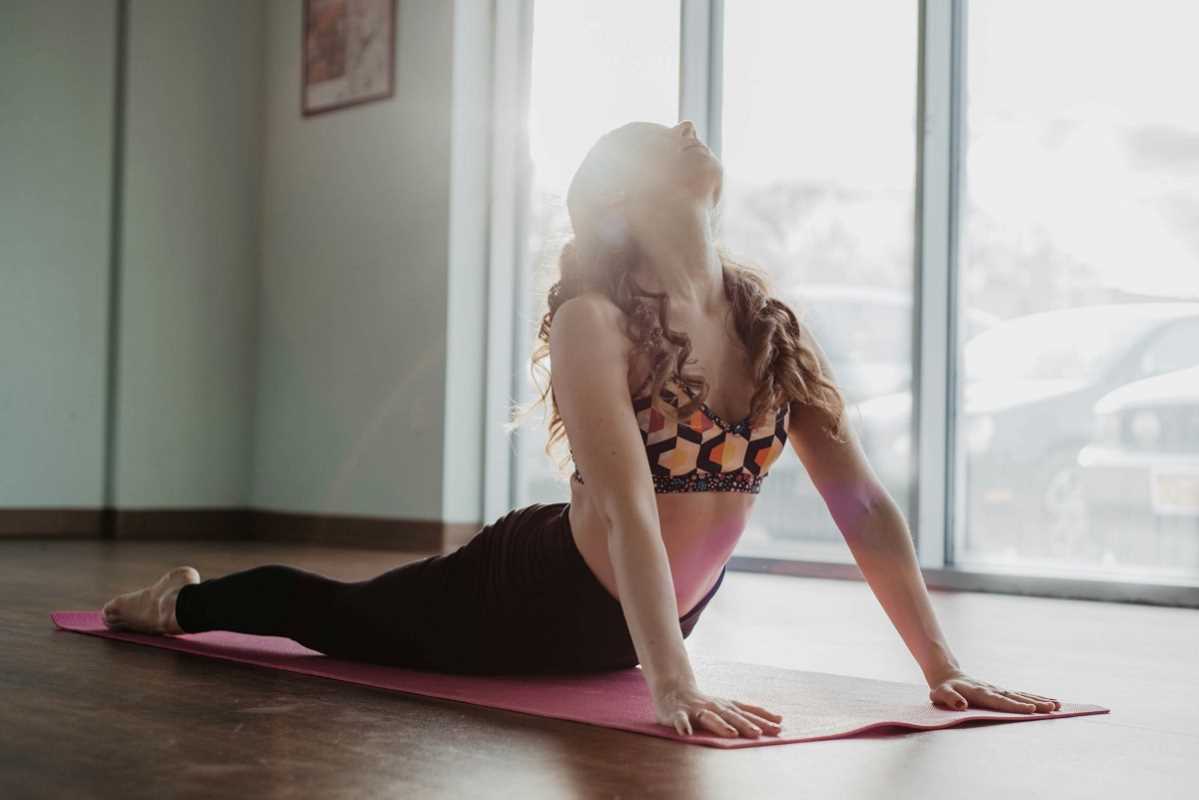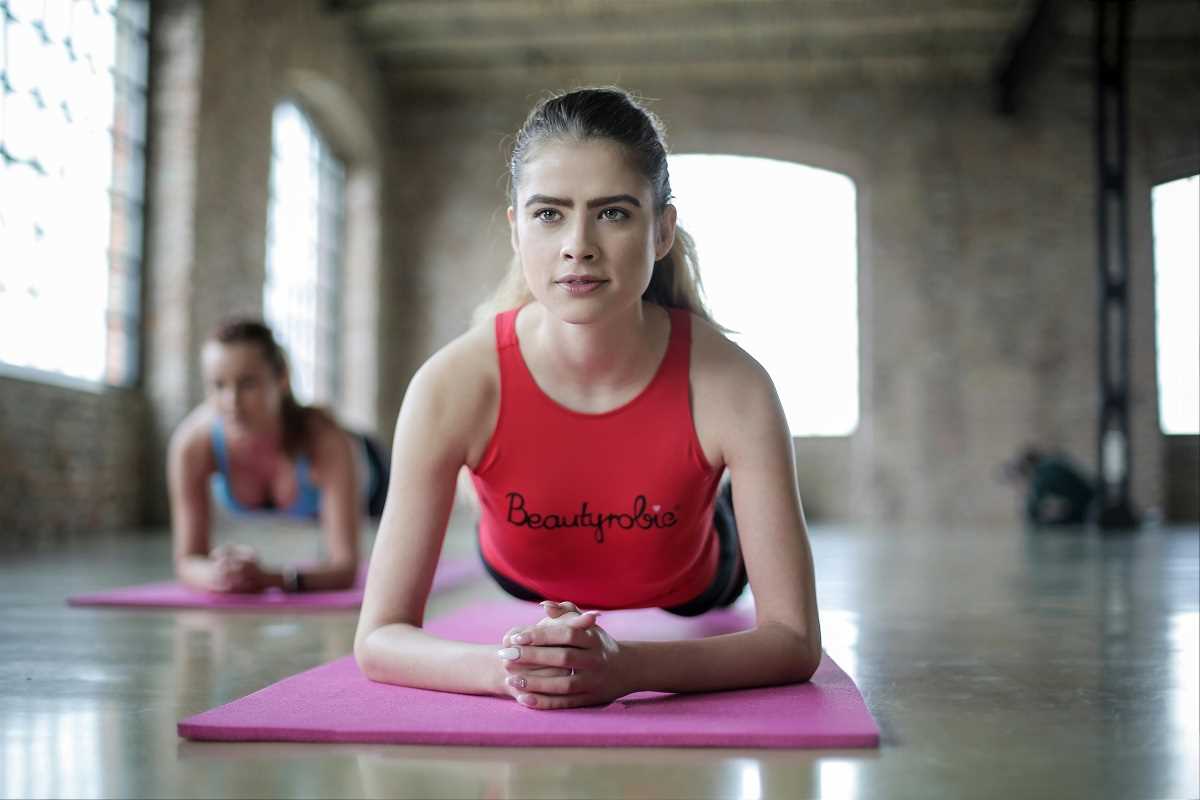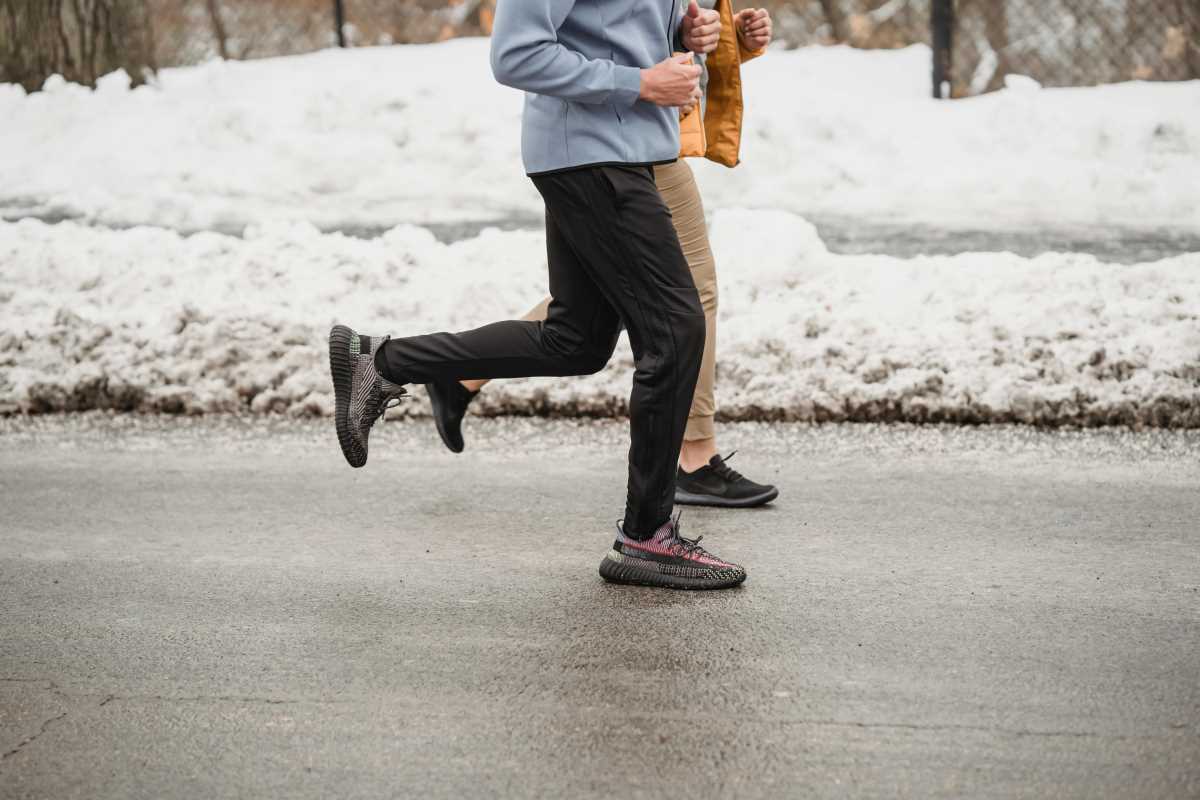Agility is crucial for senior athletes who are determined to remain active and healthy. Aging brings inevitable changes to the body that influence balance, coordination, and overall physical performance. It is important for older adults to adopt targeted fitness strategies that counteract these effects and enhance physical function. A dedicated practice of balance exercises offers a proven method to strengthen stability, reduce the risk of injury, and support an improved quality of life. Through deliberate exercise routines, senior athletes can develop the muscular control and reflexes necessary for daily activities and competitive sports alike. This article examines a range of balance exercises specifically designed for senior athletes, discusses the tangible benefits they offer, and provides practical guidance on integrating these exercises into everyday routines. The goal is to empower older individuals to achieve and maintain optimal agility for a fulfilling and active lifestyle. Enjoy lasting mobility and improved well-being always.
Understanding Balance Exercises
Balance exercises focus on improving your body's ability to maintain stability and control during movement and while stationary. These exercises target the muscles and systems responsible for balance, including the core, legs, and vestibular system in the inner ear. For senior athletes, enhancing balance proves crucial not only for athletic performance but also for everyday activities like walking, climbing stairs, and preventing falls.
Engaging in regular balance training helps refine proprioception—the awareness of your body's position in space. This heightened awareness allows for quicker and more precise adjustments, which prove vital in sports that require sudden changes in direction or speed. Balance exercises also help mitigate age-related muscle loss and joint stiffness, ensuring that senior athletes remain competitive and injury-free.
Top Balance Exercises for Senior Athletes
- Single-Leg Stands: Stand on one leg for 30 seconds, switching to the other leg. To increase difficulty, perform the exercise with eyes closed.
- Tandem Stance: Place one foot directly in front of the other, heel to toe, and hold the position to challenge your balance.
- Heel-to-Toe Walk: Walk in a straight line, placing the heel of one foot directly in front of the toes of the other foot with each step.
- Chair Squats: Use a chair for support and perform squats slowly to strengthen the lower body while maintaining balance.
- Side Leg Raises: Stand beside a wall or chair for support and lift one leg to the side, holding for a few seconds before switching sides.
- Balance Beam Walk: Use a low balance beam or a straight line on the floor to practice walking with controlled movements.
- Tai Chi: Engage in slow, controlled movements and deep breathing to enhance overall balance and flexibility.
- Yoga Poses: Incorporate poses like Tree Pose and Warrior III to build strength and stability.
Physiological Benefits of Balance Exercises
Balance exercises offer numerous physiological benefits that are particularly important for senior athletes. One of the primary advantages is the improvement in agility, which allows for quicker and more efficient movements. Enhanced agility ensures that athletes can react swiftly to dynamic situations, whether on the field or in daily life.
Stability represents another key benefit of balance training. Strengthening the muscles that support your joints reduces the risk of falls and injuries. Improved balance also contributes to better posture, which can alleviate back pain and reduce strain on the body during physical activities. Balance exercises promote cardiovascular health by increasing heart rate and improving circulation, supporting overall fitness and endurance.
Incorporating Balance Exercises into Your Routine
- Set a Schedule: Allocate specific times during the week dedicated to balance training. Consistency proves vital for seeing improvements.
- Warm-Up: Begin each session with a light warm-up, such as walking or gentle stretching, to prepare your muscles for exercise.
- Start Simple: Begin with basic exercises like single-leg stands and gradually progress to more challenging movements as your balance improves.
- Use Support: Utilize chairs, walls, or balance bars to provide stability while performing exercises, especially when starting out.
- Increase Intensity: As your confidence and ability grow, incorporate props like balance discs or foam pads to add difficulty and engage more muscles.
- Incorporate into Daily Activities: Perform balance exercises during routine activities, such as standing while brushing your teeth or waiting for the kettle to boil.
- Monitor Progress: Keep track of your performance, noting improvements in duration and difficulty of exercises to stay motivated.
- Cool Down: End each session with stretching to relax the muscles and prevent stiffness.
Common Mistakes and How to Avoid Them
While balance exercises provide benefits, performing them incorrectly can lead to ineffective workouts or even injuries. One common mistake involves neglecting proper form. Maintaining the correct posture ensures that the right muscles engage and reduces the risk of strain. Always keep your back straight, shoulders relaxed, and avoid locking your joints.
Another error involves progressing too quickly. Pushing yourself into advanced exercises before building a solid foundation can compromise your balance and increase the likelihood of falls. Instead, gradually increase the complexity and intensity of your exercises, allowing your body to adapt safely. Failing to incorporate a variety of exercises can lead to plateaus. Mixing different types of balance training ensures comprehensive muscle engagement and continuous improvement.
Ignoring pain or discomfort represents a significant mistake. While some muscle fatigue proves normal, sharp or persistent pain indicates that you should stop the exercise and consult a professional. Listening to your body and adjusting your routine accordingly helps you achieve the best results without risking injury.
Incorporating balance exercises into your routine greatly enhances stability and overall physical performance. Embrace these strategies to maintain agility and enjoy a healthier, more active lifestyle.







.jpg)